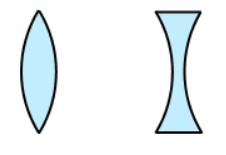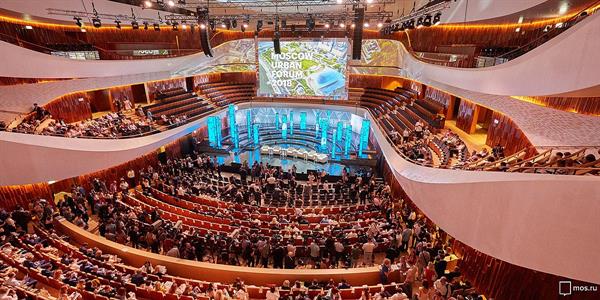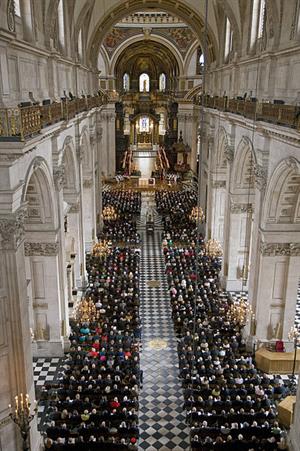
PUMPA - SMART LEARNING
எங்கள் ஆசிரியர்களுடன் 1-ஆன்-1 ஆலோசனை நேரத்தைப் பெறுங்கள். டாப்பர் ஆவதற்கு நாங்கள் பயிற்சி அளிப்போம்
Book Free DemoThe reflected waves obey the laws of reflection when they are reflected from a plane surface. The reflected wave's intensity is neither reduced nor increased. However, when sound waves are reflected off curved surfaces, the intensity of the reflected waves changes. The reflected waves diverge out and the intensity decreases when reflected from a convex surface. The reflected waves converge and focus at a point when sound is reflected from a concave surface. As a result, the intensity of reflected waves concentrates at a single location.

Concave and convex surface
When it is necessary to focus sound at a specific point, parabolic surfaces are used. Therefore, many halls have parabolic reflecting surfaces. Sound waves from one focus will always be reflected to the other focus on elliptical surfaces, regardless of where it strikes the wall.

Curved halls
The design of whispering halls is based on this principle. In a whispering hall, the speech of a person standing in one focus can be clearly heard by a listener standing in the other focus.
In London's St. Paul's cathedral church, one of the famous whispering galleries can be found. It has walls that are elliptically shaped. When someone is speaking at one focus, his voice can be clearly heard at the other focus. It is caused by multiple sound wave reflections from the curved walls.

St. Paul's cathedral church
Reference:
https://www.shutterstock.com/es/image-illustration/lens-27743470
https://en.wikipedia.org/wiki/St_Paul%27s_Cathedral